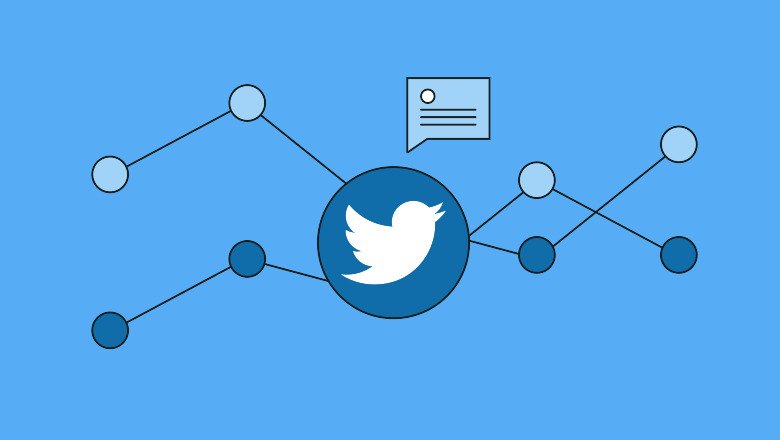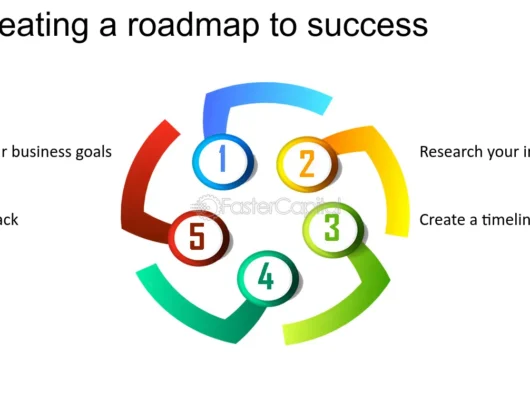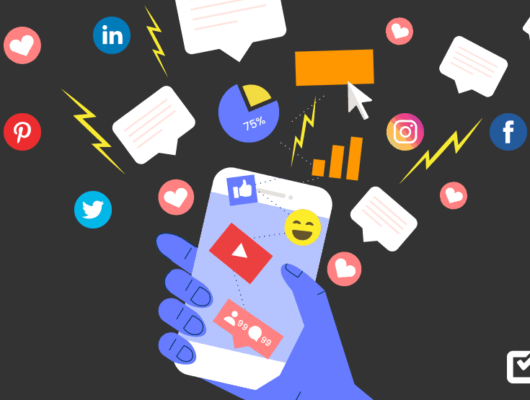Twitter is more than just a social media platform—it’s a real-time hub for what’s happening globally. With millions of users actively engaging in conversations, following the latest trends on Twitter can give marketers invaluable insight into the minds of their audience.
But how can businesses use these trends to elevate their marketing strategies? Let’s dive into how harnessing Twitter trends can lead to more engagement, visibility, and conversions.
1. What Are Twitter Trends?
Twitter trends refer to the most talked-about topics on the platform at any given moment. These can range from viral hashtags to breaking news, entertainment gossip, or popular memes. They reflect the collective voice of Twitter users, making it a goldmine for marketers who want to stay relevant.
- Why Twitter Trends Matter: Trends give marketers a pulse on current events, consumer interests, and industry conversations. By tapping into them, brands can align their message with what people are already talking about, increasing engagement and reach.
2. Why Twitter Trends are Crucial for Marketing
- Real-Time Engagement: Twitter trends provide real-time insight into what’s currently driving online conversations. This helps marketers tap into fresh opportunities for content creation, audience interaction, and even viral marketing.
- Brand Visibility: Trending topics can amplify your content and expand its reach. By integrating trending hashtags or participating in trending conversations, you can increase your brand’s visibility and get noticed by a broader audience.
- Building Relevance: Staying relevant in your industry or market is crucial for success. Following trends allows your brand to maintain an updated and modern voice, making your content relatable and up-to-date.
3. How to Identify the Right Twitter Trends
Not every trend is suitable for your brand. It’s essential to understand which trends align with your brand values and target audience.
- Using Twitter’s Explore Feature: This is where Twitter showcases the most talked-about trends, customized based on location and user behavior. Regularly browsing the ‘Explore’ tab can give marketers a sense of which trends might fit their campaign.
- Trend Analysis Tools: Tools like TweetDeck, Hootsuite, or Brand24 can help monitor and analyze trends specific to your industry.
- Know Your Audience: Before jumping on a trend, make sure it resonates with your brand’s tone and appeals to your target demographic. Authenticity is key.
4. Best Practices for Leveraging Twitter Trends in Marketing
- Join Conversations, Don’t Hijack: Brands should contribute meaningfully to trending conversations rather than simply riding the wave. Avoid forcefully inserting your brand into irrelevant discussions.
- Use Trending Hashtags Wisely: While leveraging trending hashtags can increase visibility, misuse can hurt your brand’s image. Always ensure that the hashtags are relevant to your content.
- Timing is Everything: Trends are fleeting. Engage with a trend as early as possible to maximize impact. Stale trends may not yield the same level of engagement.
- Add Value: Your participation in a trend should bring value, whether it’s educational, humorous, or thought-provoking. This builds trust and keeps your audience engaged.
5. Successful Examples of Brands Using Twitter Trends
- Oreo’s “Dunk in the Dark” Moment: During the 2013 Super Bowl power outage, Oreo cleverly tweeted, “You can still dunk in the dark.” This quick-witted response to an unexpected event earned the brand thousands of retweets and massive exposure.
- #BlackLivesMatter Movement: Brands like Ben & Jerry’s used this social trend to align with their values, showing support for racial equality and engaging in meaningful conversations with their audience.
- Netflix and Meme Culture: Netflix often taps into trending memes to promote their shows in a fun and engaging way, creating shareable content that aligns with internet culture.
6. Mistakes to Avoid
- Jumping on Irrelevant Trends: Not every trend is worth your time. Choose trends that align with your brand and message to avoid coming across as disingenuous.
- Being Tone-Deaf: Misreading the tone of a trend can lead to backlash. Brands need to be careful when commenting on sensitive topics.
- Overusing Hashtags: Too many hashtags can make your post look spammy. Stick to 1-2 relevant hashtags for optimal performance.
Conclusion
In today’s fast-paced digital landscape, Twitter trends are a powerful tool for marketers. They provide a unique opportunity to engage with audiences in real-time, build relevance, and increase brand visibility.
However, successful trend marketing requires thoughtful participation, strategic timing, and an understanding of what resonates with your target audience.
By staying in tune with Twitter trends, brands can stay ahead of the competition and foster deeper connections with their audience.






